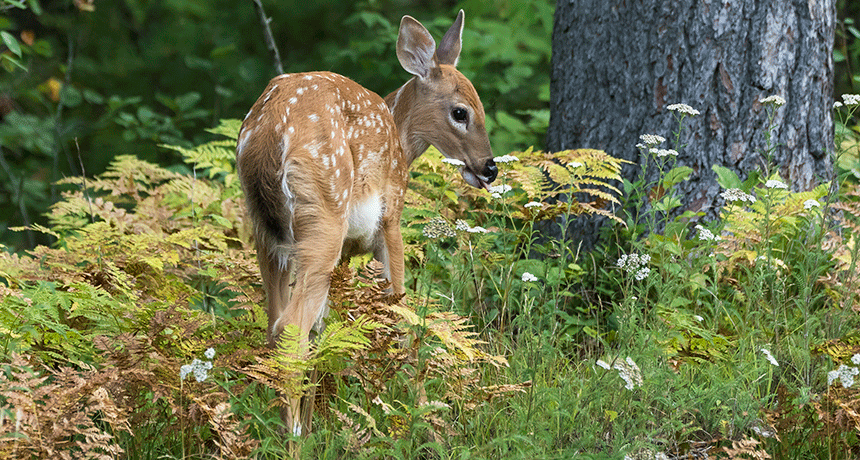bat A type of winged mammal comprising more than 1,100 separate species — or one in every four known species of mammal.
birds Warm-blooded animals with wings that first showed up during the time of the dinosaurs. Birds are jacketed in feathers and produce young from the eggs they deposit in some sort of nest. Most birds fly, but throughout history there have been the occasional species that don’t.
cacao The name of a tropical tree and of the tree’s seeds (from which chocolate is made).
canopy (in botany) The top layer of a tree — or forest — where the tallest branches overlap.
forest An area of land covered mostly with trees and other woody plants.
insect A type of arthropod that as an adult will have six segmented legs and three body parts: a head, thorax and abdomen. There are hundreds of thousands of insects, which include bees, beetles, flies and moths.
lizard A type of reptile that typically walks on four legs, has a scaly body and a long tapering tail. Unlike most reptiles, lizards also typically have movable eyelids. Examples of lizards include the tuatara, chameleons, Komodo dragon, and Gila monster.
mammal A warm-blooded animal distinguished by the possession of hair or fur, the secretion of milk by females for feeding their young, and (typically) the bearing of live young.
shrub A perennial plant that grows in a generally low, bushy form.
species A group of similar organisms capable of producing offspring that can survive and reproduce.
sun The star at the center of Earth’s solar system. It’s an average size star about 26,000 light-years from the center of the Milky Way galaxy. Also a term for any sunlike star.
understory Plants that grow beneath the canopy, or uppermost level, of the forest.

